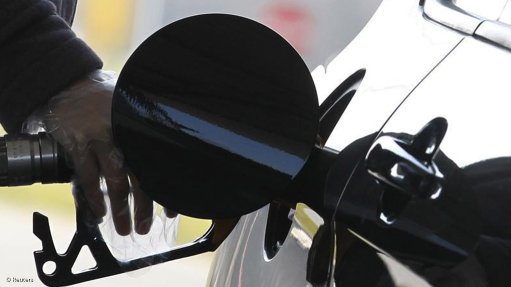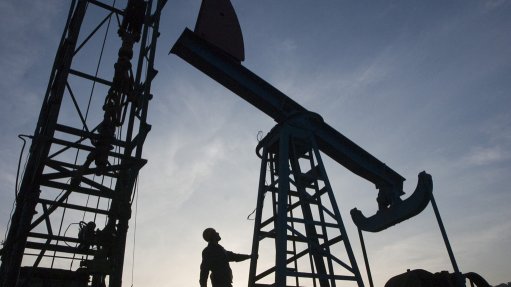All at sea
Sometimes there are things which seem to be very sensible but which, if you look at them a little bit more closely, are not sensible at all. An example would be a computer system which is mounted in the sea. By computer system I mean interconnected terminals mounted in the ocean. Visually, these appear as a large group of wind turbines.
I’m not entirely sure why the fact that you’ve got such a group of items all in a symmetrical place is a good thing. I’m even less sure why having a group of wind turbines altogether is a good thing, unless the fact that they are in the ocean gives them some extra value. One can get similar extra value by just having them all mounted on a relatively flat piece of land. Perhaps it is that they are mounted in the ocean and thus are using a piece of real estate which is not otherwise used, and this makes it seem like a smart idea.
These wind turbine developments are always described as “relatively large” but very seldom described by their power output. They are always described according to their height or how many homes they can power, but seldom in their actual generating capacity. Further, there is the problem that in these descriptions one ends up with numbers relating to the size of tennis courts and the length of aircraft or double-decker buses, which further confuses the matter.
In point of fact, wind turbine systems mounted at sea are generally quite small. The ocean is not designed to accommodate wind turbines safely – well, most oceans are not. One of the reasons why there is a degree of deceit in the description of wind turbines at sea is to confuse the general public and make the turbines seem more romantic. After all, they are green power and they’re going to save the world.
Further, the cost of installing a wind turbine system at sea is far less than the cost of installing one on land; there is no cost of excavation, and the purchase cost of the sea is definitely far less.
It is known that not all wind turbine systems at sea are actually in operation. When they stop working, it is extremely difficult to repair them and all work that requires a technician on site, where the site is an ocean, is expensive. It is a fact that on some wind turbine farms periods of inoperability of up to three months are not unusual and there are often considerable delays before any repair takes place.
Then there is also the installation of the wind turbines to consider. There are locations, generally in the North Sea area, where the wind turbines can be installed in calm conditions and maintenance et cetera is relatively easy. This does not apply to much of the ocean in the rest of the world; it would take a brave person to build a wind turbine farm and install it off the coast of South Africa and expect it to last more than two or three years.
One must then question why put wind turbine installations at sea at all. In countries where open land is in short supply, it makes sense, but not in Africa. It is thought that wind turbines are being installed at sea because of the popularity of the idea; however, popular ideas are not necessarily economically viable.
In point of fact, I was watching television not too long ago. They had on the television a display of a large wind turbine installation. They cut to the foreground and the presenter bore an astonishing resemblance to Prince William. He spoke with earnestness and passion about wind turbines. The programme then discussed the opinion of a person who stated that she had been involved in the wind turbine business for three years and that it was ever growing. None of this seemed to me to be realistic and as long as wind turbines at sea have the defects that we suspect, they have inherent weaknesses which must still be eradicated.
Article Enquiry
Email Article
Save Article
Feedback
To advertise email advertising@creamermedia.co.za or click here
Comments
Press Office
Announcements
What's On
Subscribe to improve your user experience...
Option 1 (equivalent of R125 a month):
Receive a weekly copy of Creamer Media's Engineering News & Mining Weekly magazine
(print copy for those in South Africa and e-magazine for those outside of South Africa)
Receive daily email newsletters
Access to full search results
Access archive of magazine back copies
Access to Projects in Progress
Access to ONE Research Report of your choice in PDF format
Option 2 (equivalent of R375 a month):
All benefits from Option 1
PLUS
Access to Creamer Media's Research Channel Africa for ALL Research Reports, in PDF format, on various industrial and mining sectors
including Electricity; Water; Energy Transition; Hydrogen; Roads, Rail and Ports; Coal; Gold; Platinum; Battery Metals; etc.
Already a subscriber?
Forgotten your password?
Receive weekly copy of Creamer Media's Engineering News & Mining Weekly magazine (print copy for those in South Africa and e-magazine for those outside of South Africa)
➕
Recieve daily email newsletters
➕
Access to full search results
➕
Access archive of magazine back copies
➕
Access to Projects in Progress
➕
Access to ONE Research Report of your choice in PDF format
RESEARCH CHANNEL AFRICA
R4500 (equivalent of R375 a month)
SUBSCRIBEAll benefits from Option 1
➕
Access to Creamer Media's Research Channel Africa for ALL Research Reports on various industrial and mining sectors, in PDF format, including on:
Electricity
➕
Water
➕
Energy Transition
➕
Hydrogen
➕
Roads, Rail and Ports
➕
Coal
➕
Gold
➕
Platinum
➕
Battery Metals
➕
etc.
Receive all benefits from Option 1 or Option 2 delivered to numerous people at your company
➕
Multiple User names and Passwords for simultaneous log-ins
➕
Intranet integration access to all in your organisation
















